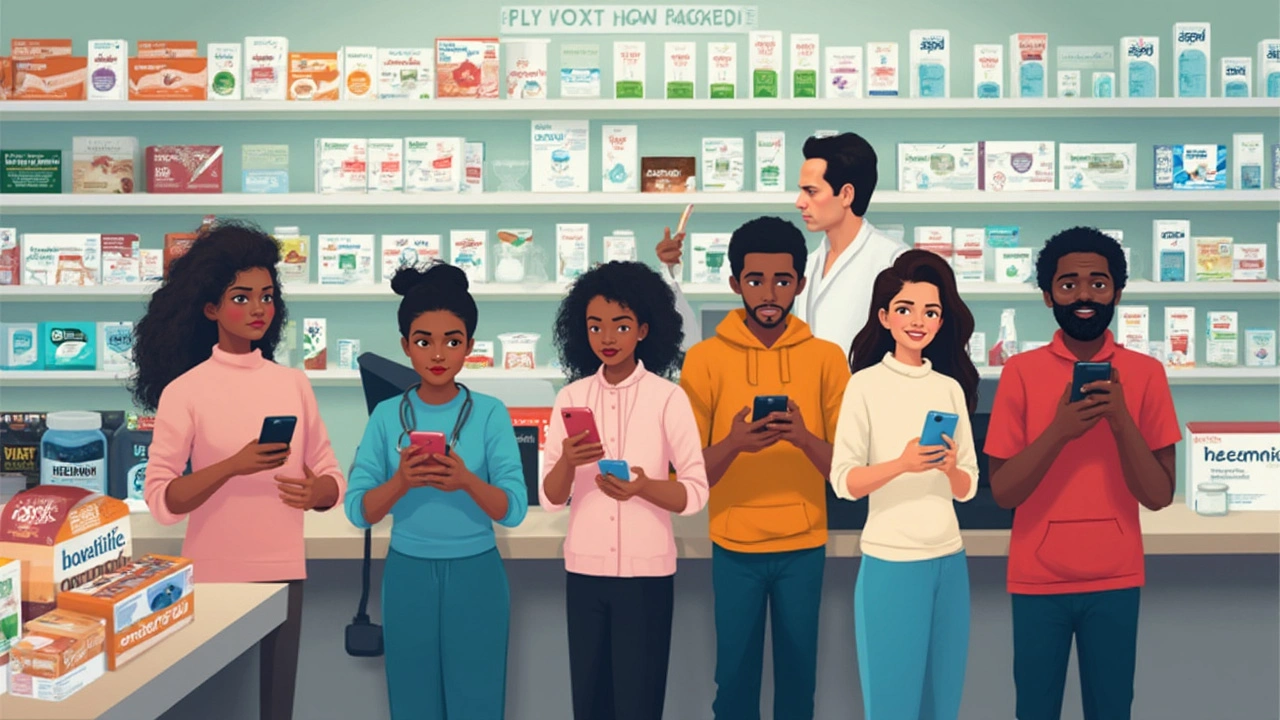Medication savings: how to cut prescription costs safely
Medication costs can eat a budget fast. This page gives practical, safe ways to save on prescriptions and points to useful guides on PriceProPharmacy.
First, ask your prescriber for cheaper options. Generic drugs work the same in most cases and cost much less. If your doctor can switch brand-name meds to a generic, that often cuts price by 50%. Also discuss lower-dose or longer refill options like a 90-day supply — pharmacies discount bulk fills.
Use price comparison tools and read pharmacy reviews before buying online. Look for verified reviews and safety checks — we review sites like canadapharmacy.com and evopharmacy.com so you can spot red flags. Compare total cost: drug price, shipping, handling, and possible customs fees.
Check manufacturer coupons and discount cards. Many drug makers offer savings programs for specific medications. Pharmacy discount cards and apps can save you tens to hundreds of dollars on common drugs. Before you buy, run the prescription through a coupon tool and compare the final cash price against your insurance copay.
Consider mail-order and pharmacy membership programs. Mail-order pharmacies often lower monthly costs and deliver a stable supply to your door. Some warehouse chains and online pharmacies provide membership pricing that beats retail counters. For chronic meds like blood pressure drugs or diabetes treatments, this can be a big saver.
Watch shortages and look for safe alternatives. When common drugs like albuterol are scarce, ask your doctor about approved substitutes and exact dosing changes. Our articles list valid alternatives and emergency tips to keep treatment effective and safe during shortages.
Be careful with antibiotics and controlled substances online. Only order from pharmacies that require a valid prescription and display proper licensing. For antibiotics such as Cefdinir or Zithromax, follow the exact course prescribed. Buying from unverified sellers risks counterfeit or expired drugs.
Use patient assistance and government programs if eligible. Many non-profits and manufacturers run assistance for low-income patients or those without insurance. Medicaid, Medicare Part D, and state programs sometimes cover full or partial costs of essential medications.
Small habits add up. Ask about pill-splitting when safe, pick store-brand generics for over-the-counter meds, and set reminders to refill early to avoid urgent higher-cost purchases. Keep a list of your medications and prices to spot opportunities for savings.
If you try online pharmacies, verify credentials and read our specific reviews. We cover safe ways to buy Lisinopril, Antivert, and other common meds, and show how to avoid scams while saving money. Use smart comparison, talk to your provider, and protect your health while trimming costs.
Quick checklist you can use now: ask for a generic or therapeutic equivalent; check three pharmacies for total price including shipping; look up manufacturer savings and save discount cards, coupon codes; consider mail-order for chronic treatment; never buy prescription meds without a valid prescription. Keep receipts and compare monthly spending so you can renegotiate with your provider or switch suppliers for better deals.
Struggling with high prescription prices? Find out how apps similar to GoodRx stack up in savings, features, and how they handle your personal info. This deep dive covers all the big names, giving you the scoop on discounts, ease of use, and what really happens with your data. Learn practical tips for getting the best price on your meds and uncover which app is the safest bet for privacy. This guide helps you make smarter choices, avoid hidden fees, and keep your wallet (and your personal details) protected.

